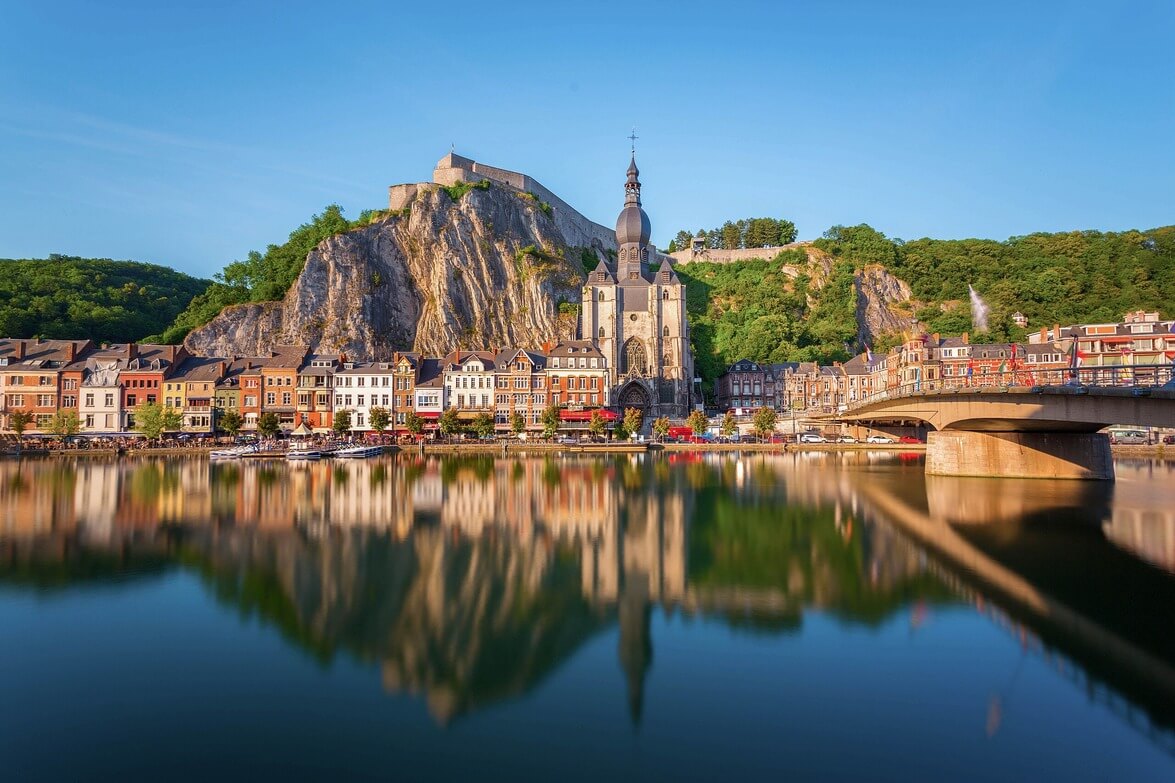Belgium may be small, but it packs an incredible architectural punch. From medieval town squares to soaring Gothic cathedrals, this country’s cities showcase some of Europe’s most stunning urban landscapes. Let’s explore some Belgian cities where history, architecture, and culture create unforgettable experiences.
1. Bruges
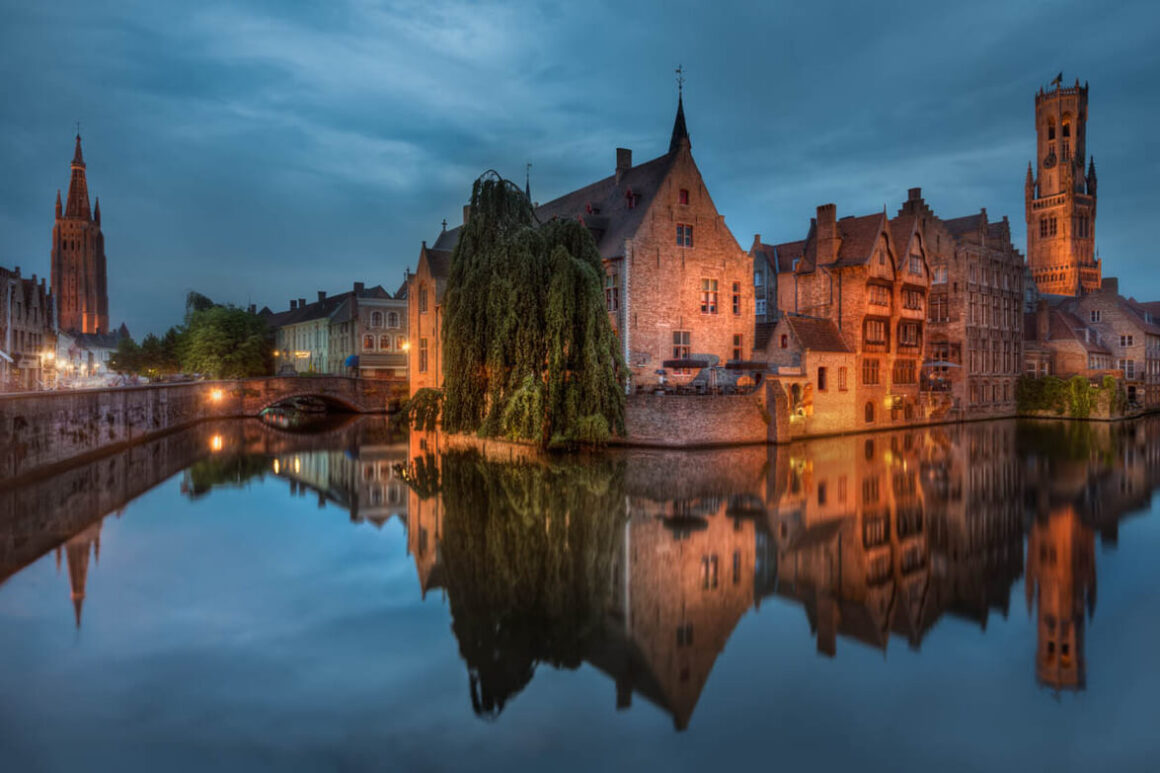
Often called the “Venice of the North,” Bruges captures hearts with its perfectly preserved medieval charm. Picturesque canals wind through cobblestone streets, reflecting centuries-old buildings in their peaceful waters.
The 13th-century Belfry dominates the skyline, while the Church of Our Lady houses an artistic treasure: Michelangelo’s Madonna and Child sculpture. The entire historic center holds UNESCO World Heritage status, testament to its extraordinary preservation of Gothic architecture.
Beyond its architectural splendor, Bruges celebrates its cultural heritage through traditional crafts like handmade lace and, of course, Belgian chocolate. The historic De Halve Maan brewery adds another layer of local flavor to this enchanting city.
2. Ghent
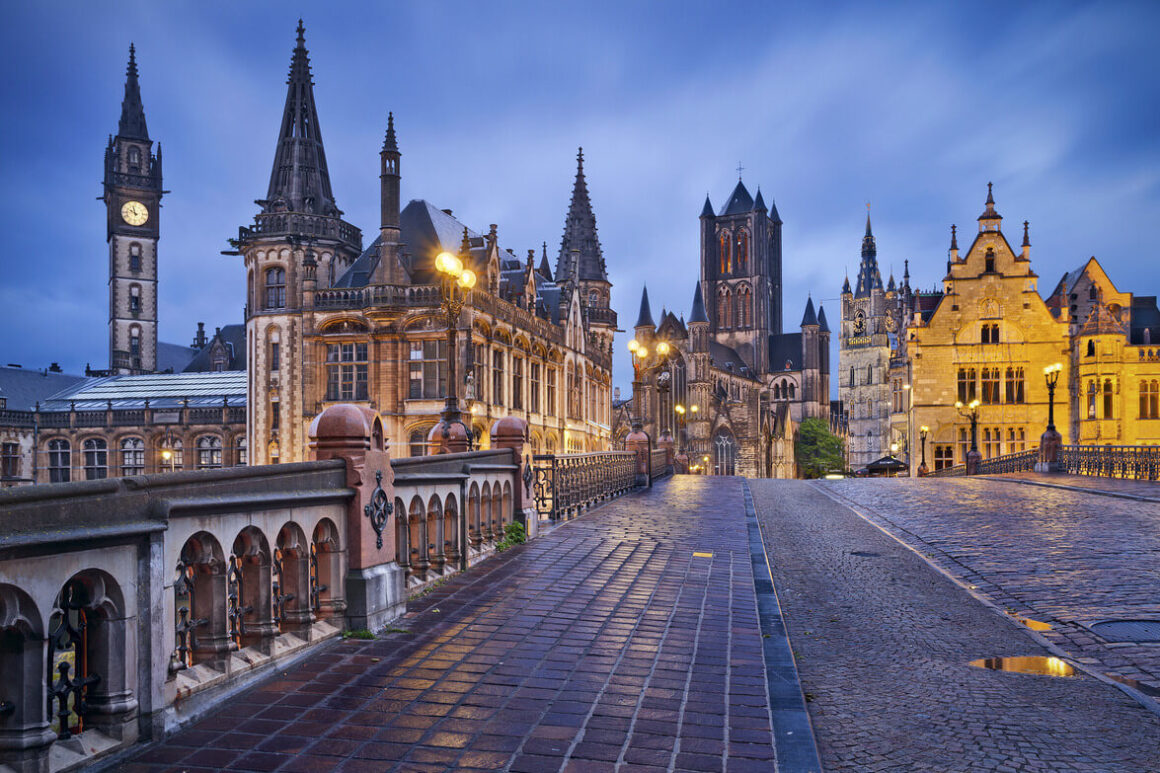
Ghent masterfully balances its medieval heritage with a vibrant modern spirit. The city’s architectural jewels include the Gothic St. Bavo’s Cathedral, the towering Belfry, and the magnificent Gravensteen Castle, built in 1180 and once home to the Counts of Flanders.
The pedestrian-friendly city center makes exploring these treasures a joy. During the Gentse Feesten, a 10-day festival, the streets come alive with music and theatre performances. Ghent’s progressive spirit shows in its culinary scene, particularly its emphasis on vegetarian cuisine.
Despite being Belgium’s second-largest city, Ghent maintains an intimate atmosphere that makes visitors feel instantly at home.
3. Antwerp
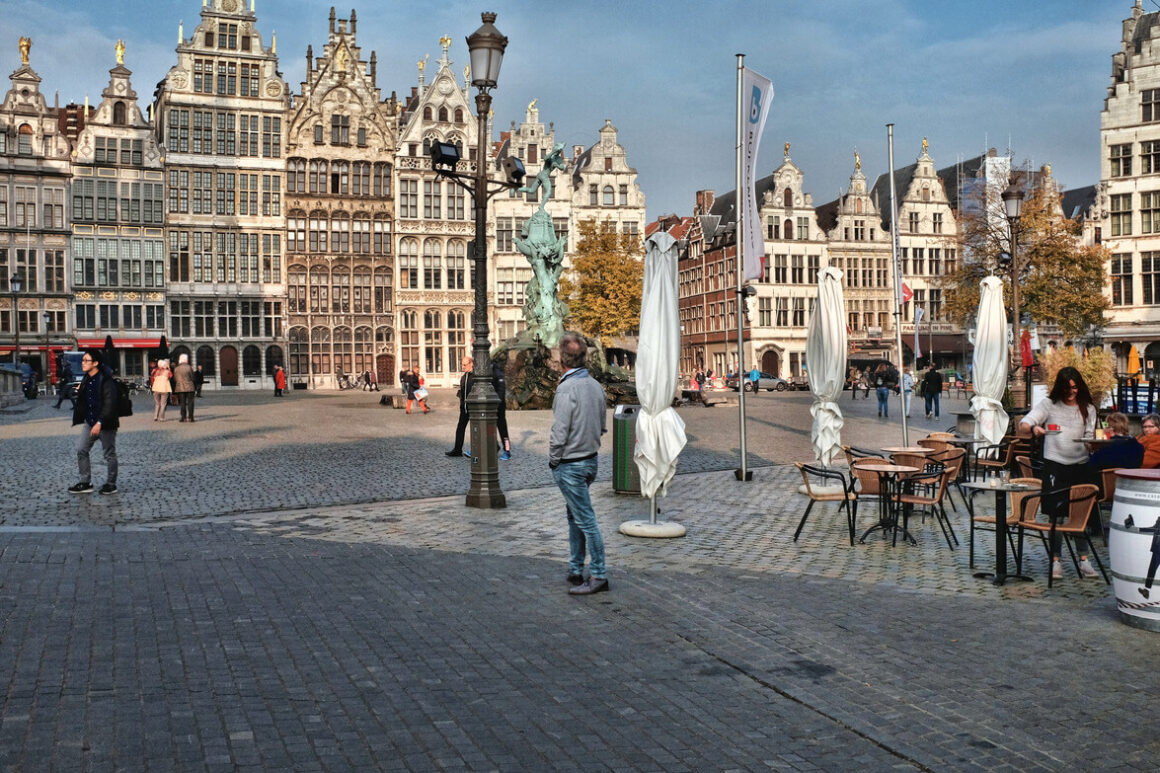
The world’s diamond capital sparkles with more than just precious stones. Situated along the Schelde River, Antwerp combines historical grandeur with contemporary flair.
Art lovers flock to the city’s impressive museums: the Rubenshuis celebrates the city’s famous painter, while the Plantin-Moretus and MAS museums house remarkable collections. The Cathedral of Our Lady and Saint Paul Church stand as testaments to religious architectural brilliance.
Even the central train station, often called the “Railway Cathedral,” serves as an architectural masterpiece in its own right. This blend of historical significance and modern energy makes Antwerp a must-visit destination.
4. Dinant
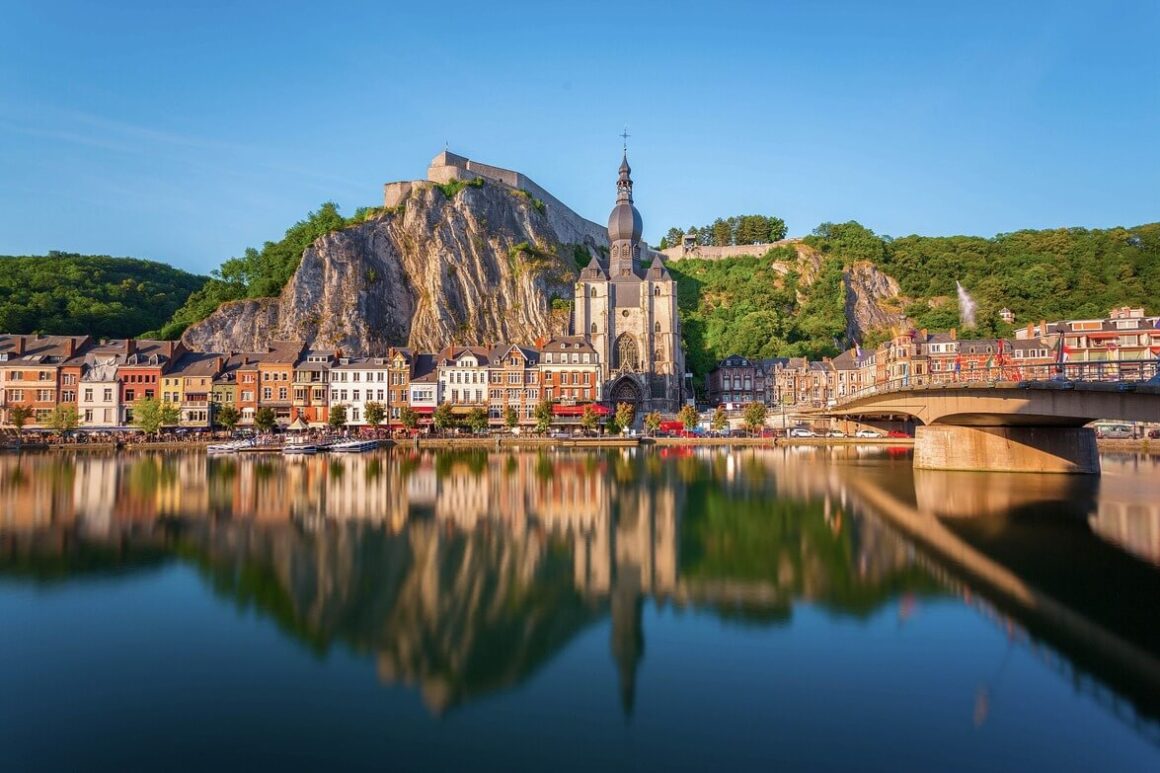
Dramatically set along the Meuse River, Dinant proves that size isn’t everything. The city’s striking profile features an imposing Citadel perched atop limestone cliffs, creating a scene straight from a fairytale.
The Collegiate Church of Notre Dame adds to the city’s architectural majesty, its unique onion-domed tower reflecting in the river below. Dinant proudly celebrates its connection to Adolphe Sax, inventor of the saxophone, while visitors can sample the unique Couque de Dinant, famous for being Europe’s hardest biscuit.
The combination of natural beauty, rich history, and architectural wonders makes Dinant one of Belgium’s most photogenic cities.
5. Namur
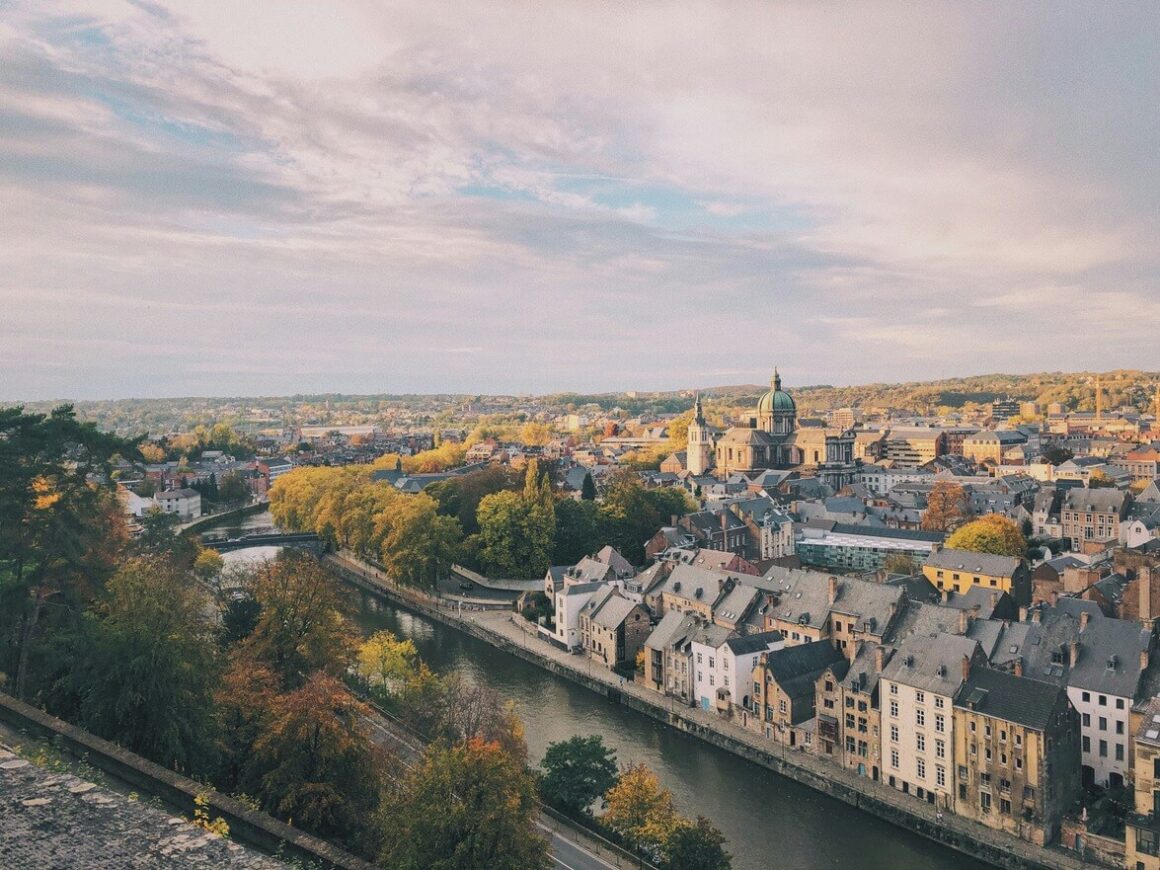
Wallonia’s capital city sits at the scenic confluence of the Meuse and Sambre rivers, crowned by its impressive Citadelle. This massive fortress offers panoramic views that make the climb worthwhile, revealing the city’s beautiful landscape below.
The Late Baroque St. Aubin’s Cathedral dominates the cityscape, while the striking Wallonian Parliament building showcases more recent architectural excellence. Shopping enthusiasts can explore the bustling Rue de L’Ange, and those seeking a different perspective can take scenic boat tours along the rivers.
Namur perfectly balances its historical heritage with contemporary life, creating a city that feels both timeless and thoroughly modern.
6. Veurne
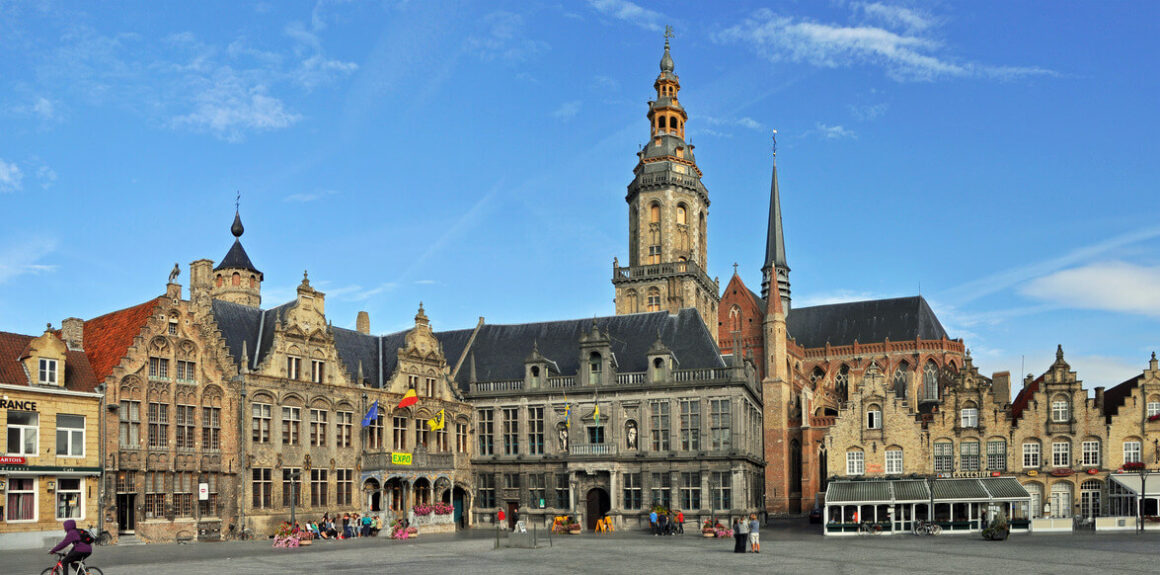
This hidden gem in West Flanders captivates visitors with its remarkable Renaissance-style architecture. The central market square provides a perfect starting point for exploring the city’s architectural treasures, including the impressive Castle Beauvoorde with its collection of 17th-century furniture.
The Saint Nicholas Church and the magnificent City Hall stand as highlights of Veurne’s architectural heritage. Well-marked walking routes guide visitors through the historical center, making it easy to discover the city’s many charms.
Veurne’s intimate scale and family-friendly atmosphere offer visitors a more relaxed perspective on Belgian urban life, proving that sometimes the best experiences come in smaller packages.
